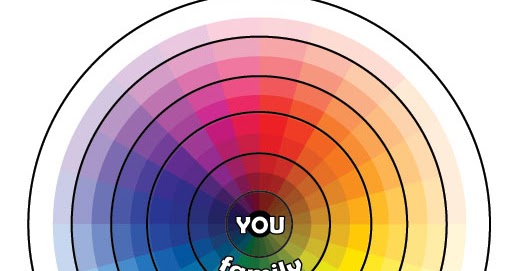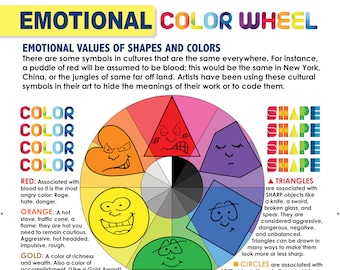

Of course, not everyone experiences fear in the same way. Physiological reactions: such as rapid breathing and heartbeat.Body language: attempts to hide or flea from the threat.


Facial expressions: such as widening the eyes and pulling back the chin.Expressions of this type of emotion can include: This response helps ensure that you are prepared to effectively deal with threats in your environment. Your muscles become tense, your heart rate and respiration increase, and your mind becomes more alert, priming your body to either run from the danger or stand and fight. When you face some sort of danger and experience fear, you go through what is known as the fight or flight response. People have long believed that happiness and health were connected, and research has supported the idea that happiness can play a role in both physical and mental health.įear is a powerful emotion that can also play an important role in survival. The realities of what actually contributes to happiness are often much more complex and more highly individualized. For example, pop culture influences tend to emphasize that attaining certain things such as buying a home or having a high-paying job will result in happiness.

While happiness is considered one of the basic human emotions, the things we think will create happiness tend to be heavily influenced by culture.


 0 kommentar(er)
0 kommentar(er)
